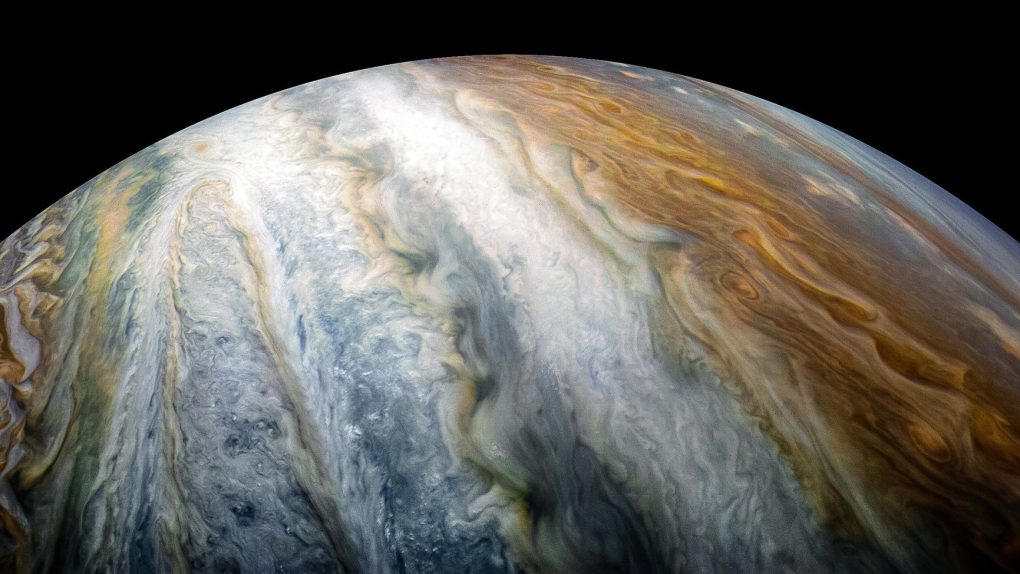Astronomers oftentimes have to look very, very carefully for something that they believe exists in a certain spot in space. Whether that be an exoplanet orbiting a distant star or perhaps a still-unseen planet lurking at the edge of the Solar System, it’s a challenging endeavor. But every so often, the planets seem to align (no pun intended) and a new discovery just falls right into their laps.
That seems to be what happened to astronomers working at the Cerro Tololo Inter-American Observatory in Chile, where a planned survey of trans-neptunian objects was interrupted by Jupiter. The massive gas giant began muscling in on the telescope’s line of sight, and in doing so, revealed a few secrets of its own.
Rather than delay their work, the researchers decided to pivot to studying moons of Jupiter which had flown into their gaze. In doing so, the scientists noticed not one, not two, but a full 12 totally new moons whose orbits hadn’t yet been documented, bringing the total number of the planet’s moons up to a whopping 79.
The scientists note that they were able to discover these new moons thanks to the lower detection threshold of the telescope. “We were able to go a little bit fainter than anyone has been able to go in the past,” Scott Sheppard of Carnegie Institution for Science told the Washington Post, “That’s why we were able to find these new moons.”
These new moons aren’t exactly record-breakers in terms of size. They’re quite small, measuring two miles in diameter at the most, and they orbit at a larger distance than many of the already-documented moons of Jupiter.
This isn’t likely to be the last new moons that we hear about coming from the gas giant, and astronomers believe there are still plenty smaller satellites that remain undetected. It’s believed that many of the tiny moons around Jupiter were once much larger, having broken up over time due to the stress of gravity or perhaps even collisions with each other, resulting in the smaller objects we see today.








